In this review, we will dissect the microbial actors thought to be involved in the HH as well as their immunomodulatory mechanisms as emphasized by experimental studies, with a particular attention on parasites. Thereafter, we will review the early clinical trials using helminthes’ derivatives focusing on autoimmune diseases.

|
Scooped by Alfredo Corell |





 Your new post is loading...
Your new post is loading...


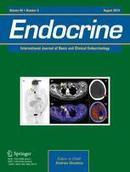
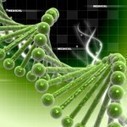

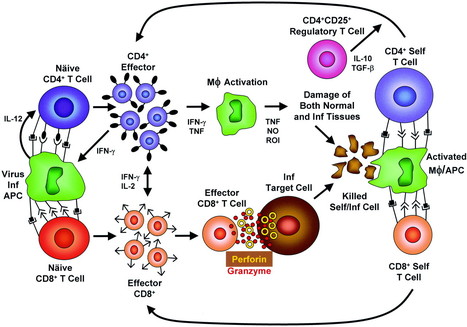
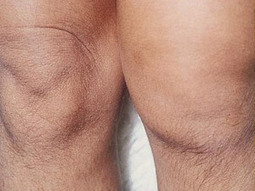
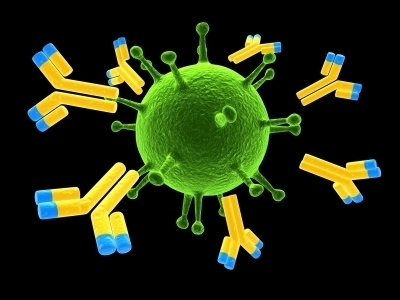
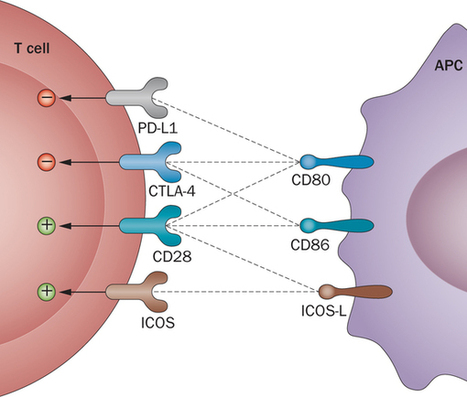

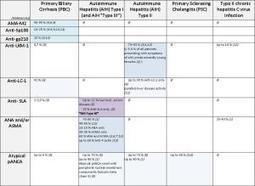


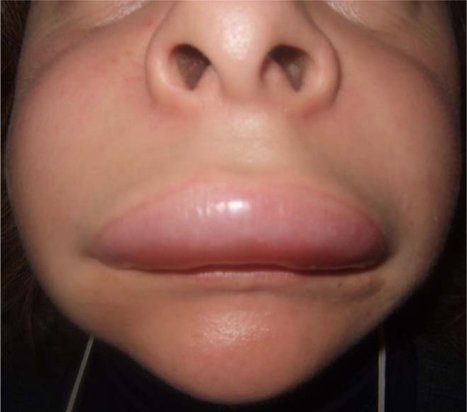
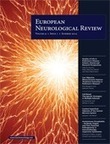
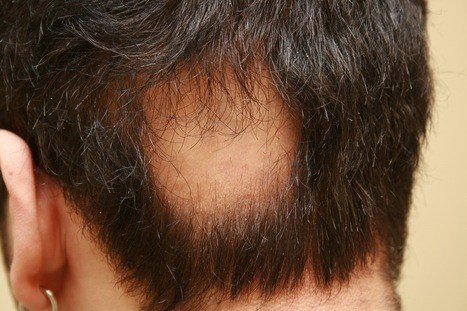
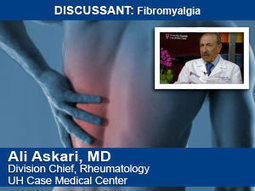
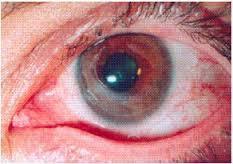
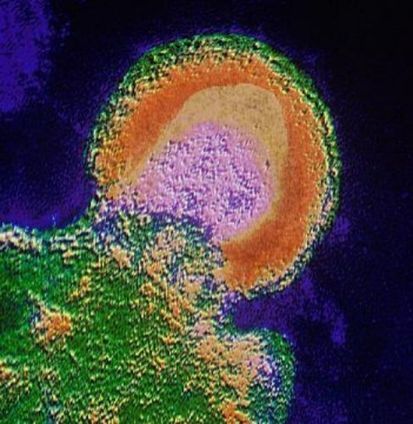
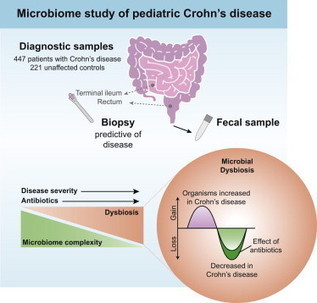
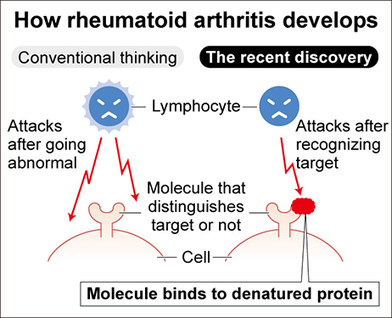
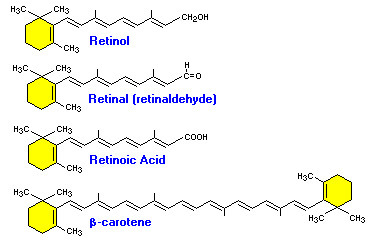

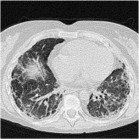

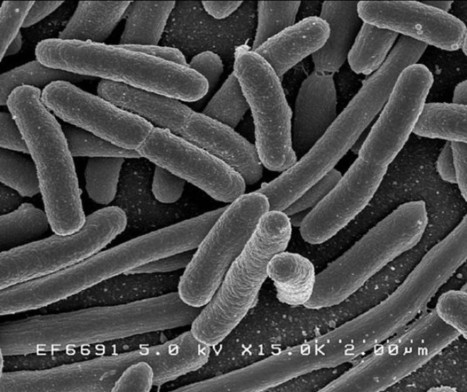
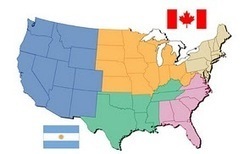





Background
The Hygiene Hypothesis (HH) attributes the dramatic increase in autoimmune and allergic diseases observed in recent decades in Western countries to the reduced exposure to diverse immunoregulatory infectious agents. This theory has since largely been supported by strong epidemiological and experimental evidence.
BMC Medicine 2015, 13:81 doi:10.1186/s12916-015-0306-7
The electronic version of this article is the complete one and can be found online at:http://www.biomedcentral.com/1741-7015/13/81